Quick overview
- Composed ride
- Solid build
- Raised driving position
- Pricier than many rivals
- Rear seat space
- Weedy engine
Toyota has hedged its bets with the Aygo X, which seeks to combine the most appealing aspects of a city car and SUV into one package. It replaces the previous Aygo and is Toyota’s first model with this name that is uniquely its own design rather than one shared with other manufacturers. The Aygo X also has fewer rivals than when its ancestor arrived as the city car sector has fewer contenders overall now, so the Toyota’s main opposition comes from the Kia Picanto, Hyundai i10, Volkswagen Up, and small SUVs like the Ford EcoSport and Hyundai Kona.
It may be styled as an SUV, but the Aygo X is definitely a city car first, foremost and pretty much exclusively. There’s no four-wheel drive or clever off-road tech, just some bodywork cladding and a raised driving position that gives a wonderful view of the road ahead. Never mind traversing rough terrain, this is ideal for negotiating urban streets. You’ll also find the Aygo X has a well-controlled ride that deals with city road obstacles better than many in this class.
Power for the Aygo X comes from a 1.0-litre three-cylinder motor attached to either a five-speed manual or CVT (continuously variable transmission) automatic. In town, the auto is the one have for its smoothness and ease of use, while the manual is more fun for those who drive on faster roads or country lanes as part of their routine. However, the engine’s modest 72hp is some way behind that of many rivals with the same engine layout, such as those found in Ford models and others from the wider Volkswagen Group range. Also, unusually for a Toyota, there is no hybrid option with the Aygo X.
Compared to its obvious rivals, the Aygo X can seem quite expensive, but it does come with a good range of standard equipment in even the most basic trim version. This includes adaptive cruise control, touchscreen infotainment, and plenty of safety gear. Upper spec models also have a fold-back canvas roof, though this does rob headroom for all occupants.
Infotainment, comfort and practicality
One of the key reasons to choose the Toyota Aygo X over other city cars is its higher than normal driver’s seat position. Compared to the previous Aygo, you sit a further 5cm from the ground, which offers an excellent view forward and to the sides of the car, as well as offering fine comfort as it puts the driver’s hips and knees at comfortable angles. With height adjustment as standard on all trim levels, the Aygo X is a good place to sit, but it’s a shame the steering wheel only adjusts for angle and not depth, so some taller drivers may find the seating position compromised. You might also notice the vision over your left shoulder is not great due to the thick rear pillars and small rear screen. Toyota supplies all Aygo X models with a reversing camera to counter this, but only the top two trims have front and rear parking sensors as standard. They are an option for the Edge trim, but the entry-point Pure is denied this choice.
In the centre of the dash and angled towards the driver is the Aygo X’s infotainment touchscreen. In the Pure, this is a 7.0-inch item that covers the basics thanks to Apple CarPlay and Android Auto allowing you to connect with your phone to access apps for sat-nav, music and other functions. Move up to the Edge trim and the touchscreen grows to 8.0-inches in size, while the Exclusive and Limited Edition models have a 9.0-inch display and wireless phone charging included. This largest screen offers better resolution, so it’s easier to read and use on the move. Below the infotainment monitor, Toyota sticks with physical controls for the heating and ventilation, thankfully, which are simple to operate as you drive. There are also couple of cupholders in the centre console, tiny door bins and a small glovebox, so storage is not as good as in many of the Aygo X’s rivals.
Open the rear doors and you’ll find the Aygo X isn’t that generous with space for rear seat passengers, either, and access through the door aperture is narrow. Although the car is longer than the previous Aygo, the big front seats mean adults will struggle to find enough space in the back of the Toyota. A brace of children will fit and there are Isofix kiddy seat mounts on both outer rear seats. However, Toyota only supplies two triple-point belts, so anyone riding in the centre seat of the back bench has to make do with a mere lap belt, which is not great. As for space, it’s made even tighter if you have the optional canvas roof fitted as it lowers the overall ceiling inside the car.
Things don’t improve much for the Aygo X when you head round to the boot. The tailgate is light to lift up, but the opening to the boot tapers in from the sides towards the load sill, making it an awkward shape to use for bulkier items. There’s a drop to the load floor from the sill, and space is limited to 269-litres with the 50-50 split rear seats in their raised position. Drop them down and they free up a maximum of 829-litres, which behind the class best and there’s a step in the load floor with the seats tipped down.
2022 Toyota Aygo X engines: how does it drive?
For the Aygo X, Toyota has borrowed the basic platform from the Yaris, though the width and length have been altered for the city car. It’s a good move as it means the Aygo X has a much more mature, balanced and comfortable feel than the car it replaces as the extra distance between the wheels rids it of the bouncy feel of the previous Aygo. This means you can head out and about in town without having to worry about or wince over ruts and cracks in the road surface. Riding on 17-inch wheels, the entry-point Pure trim has the best ride comfort of the lot, while the upper three trim levels on their 18-inch wheels are still very composed.
The good impression made by the Aygo X’s driving manners continues as you thread through tightly packed city streets. The steering is light and there’s a compact turning circle to make getting into parking spaces or out of difficult junctions as easy as can be. This is all backed up by the Aygo X’s raised driving position that afford excellent forward vision to plan your next driving move. You also get a reversing camera to help slot the Toyota into tight bays.
As you head out on to faster roads, the Aygo X’s handling proves to be fun and there’s less body lean than you might initially suspect there would be in an SUV-alike city car. With decent grip and light but accurate steering, the Toyota is good fun to drive. This is also the case with the 1.0-litre engine, which needs to be worked hard to get the Aygo X moving at a reasonable pace, but it sounds happy enough if a little vocal while doing so. At a cruise, the engine demurs, though some wind noise makes itself more apparent than is comfortable on the motorway.
Where the Aygo X lets itself down is the flexibility of the engine. It’s does without a turbocharger where most of its rivals come with this performance-boosting tech. As a result, the Aygo X driver often has to drop a gear or two just to maintain momentum up steeper inclines, and it can make for a tiring drive. The five-speed manual gearbox has a quick action, so it’s not all bad news, or you could go for the CVT (continuously variable transmission) automatic ’box, which is ideal in town but sluggish on the open road. The overall result is a car that needs more effort to drive than many of its rivals.
However, Toyota does equip the Aygo X with plenty of standard safety kit, so all models come with adaptive cruise control, lane keep assist, traffic sign recognition, and automatic emergency braking. This is on top of the usual traction control, eCall, and array of airbags fitted to all trim levels.
Value for money: how much does a 2022 Toyota Aygo X cost to buy and run?
As all Toyota Aygo X models come with the same engine, the price list is far from complex and starts with the Pure trim from £15,405 for the five-speed manual gearbox version. Opting for the CVT (continuously variable transmission) automatic ’box adds another £1100 to the bill and this is the same premium for all trim versions. Next in line is the Edge that costs from £17,105, while the Exclusive starts from £18,325, and the Limited Edition begins at £20,250. Savings of up to £2000 are possible on a brand new Aygo X if you are happy to take a car from stock, while a nearly new example with less than 5000 miles to its name will cost from £13,000. Expect a three-year old Aygo X with less than 30,000 miles under its wheels to cost from around £8900.
The Toyota Aygo X range starts with the Pure model that comes with 17-inch alloy wheels, adaptive cruise control, lane keep assist, fatigue alert, and traffic sign recognition. It also has a reversing camera, air conditioning, electric front windows, and a 7.0-inch colour infotainment screen. The Edge upgrades with 18-inch wheels, front fog lights, rear privacy glass, automatic air conditioning, rain-sensing wipers, and an 8.0-inch infotainment touchscreen. On top of this, the Exclusive trim has part-faux leather upholstery, keyless entry and starting, parking sensors front and back, wireless phone charging, and a 9.0-inch infotainment screen. The Limited Edition model has a canvas folding roof as standard, as well as half-leather upholstery, heated front seats, and unique trim details.
With the five-speed manual gearbox, the Toyota Aygo X offers combined fuel economy of up to 58.8mpg for the Pure model or 55.9mpg in the other trims, while the CVT auto lowers that to 56.5mpg in the Pure and 54.7mpg for the others. For carbon dioxide emissions, the manual ’box provides 109g/km in the Pure and 110g/km for other trims, while the auto emits 113g/km for the Pure and 114g/km in the other Aygo X versions. This means the manual Pure version sits in the 26% band for Benefit in Kind, while all the others are in the 27% bracket. Depending on which gearbox and trim you pick, the Aygo X sits in groups 5 to 7 for insurance.
Verdict: Should I buy a 2022 Toyota Aygo X?
The Toyota Aygo X is a likeable and capable city car, albeit with a couple of significant provisos to consider. It drives very well around town and the raised seating position affords its driver an excellent view of the road ahead. It also comes with a superb turning circle and suspension that soaks up all of the nastiness of the road surface without ever passing it on to the car’s occupants.
Space in the front of the Aygo X is very good, but it’s cramped in the back seats, even for older kids. The boot is also small, even by the standards of city cars, so practicality is at best mediocre. And, fun as the engine is to work hard, performance is not a strong suit for this Toyota, especially if you opt for the CVT automatic gearbox.
What could I buy instead of a 2022 Toyota Aygo X?
Hyundai i10

If you want to be all sensible about choosing a city car, the Hyundai i10 is about as common sense as it gets. Yet, the i10 is also a striking car to look at and good to drive thanks to its peppy engine and slick manual gearbox. It also handles well and is refined on long trips. Throw in a good spread of standard kit and the Hyundai is a very strong contender for any townie’s business. The only small disappointment is prices for the i10 have crept up over the past few years.
Fiat 500
.JPG?rmode=max&width=500)
The Fiat 500 might be getting on a bit under the skin, but the exterior looks are as fresh now as they were when the car first arrived back in 2008. It’s also worth remembering the 500 has been updated over the years beneath than stylish exterior, so it now comes with mild hybrid assistance for the sole 1.0-litre petrol engine. It’s not the quickest or most refined, but few seem to mind this as the Fiat is nimble about town and looks great. That’s the 500’s key selling point, but you can have it in a number of different trim levels, which gives you the option of making the 500 quite opulent inside. It’s cheap to run a 500, but it’s not great to drive on faster roads, so stick to urban routes in this city car.
Mini 3dr
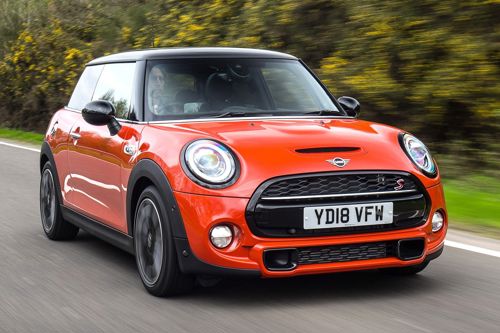
It’s hard to think of city driving without mentioning the Mini. It’s an example of retro design done splendidly well and the Mini has developed into a whole brand, with many different models filling various classes, but the three-door hatch remains the core product and it’s an absolute belter to drive. It handles supremely well and is more refined than most around town or on faster routes. There’s an all-electric version, too, but don’t discount the petrol models for driving pleasure and wallet-pleasing running costs.




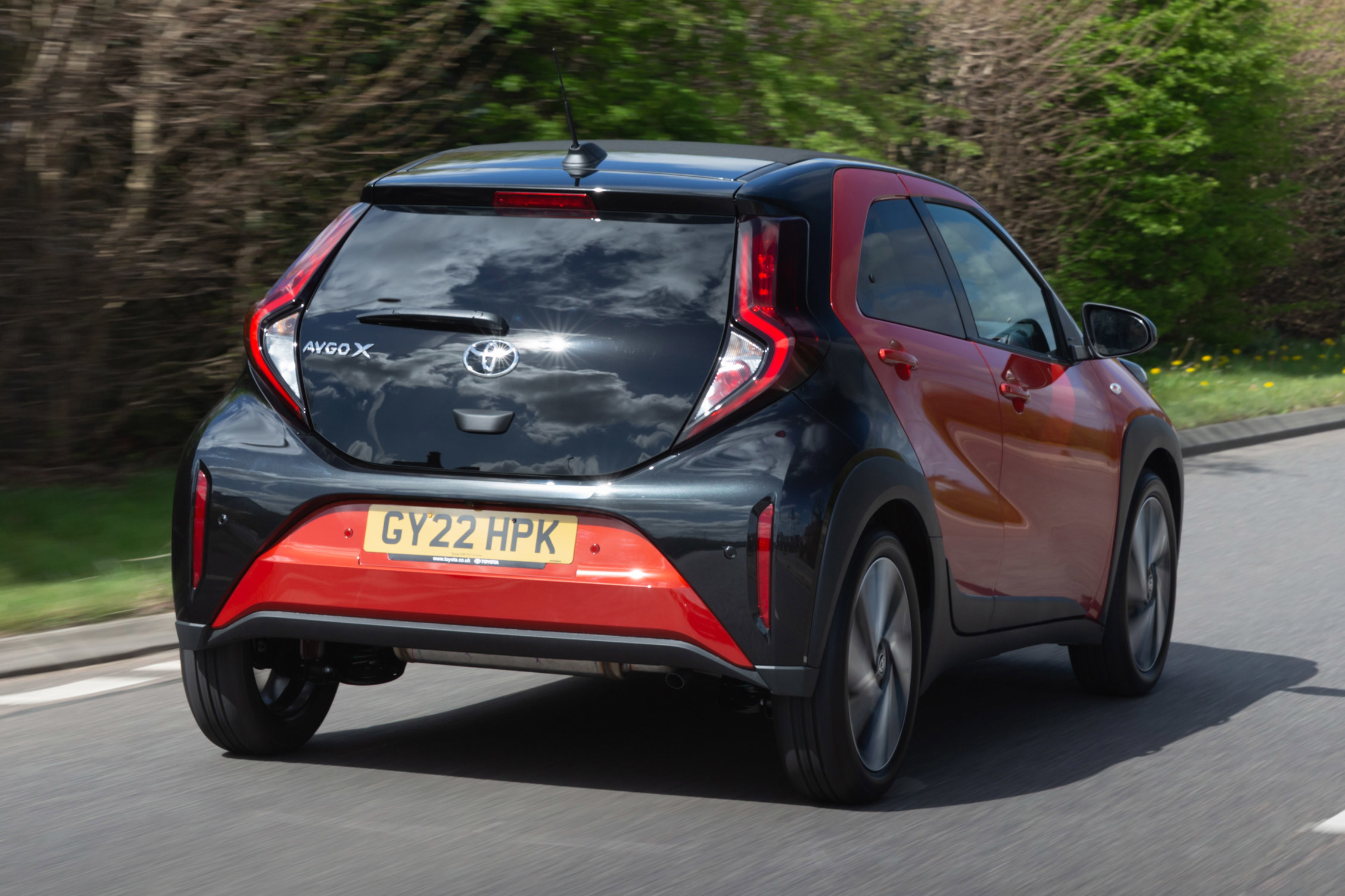
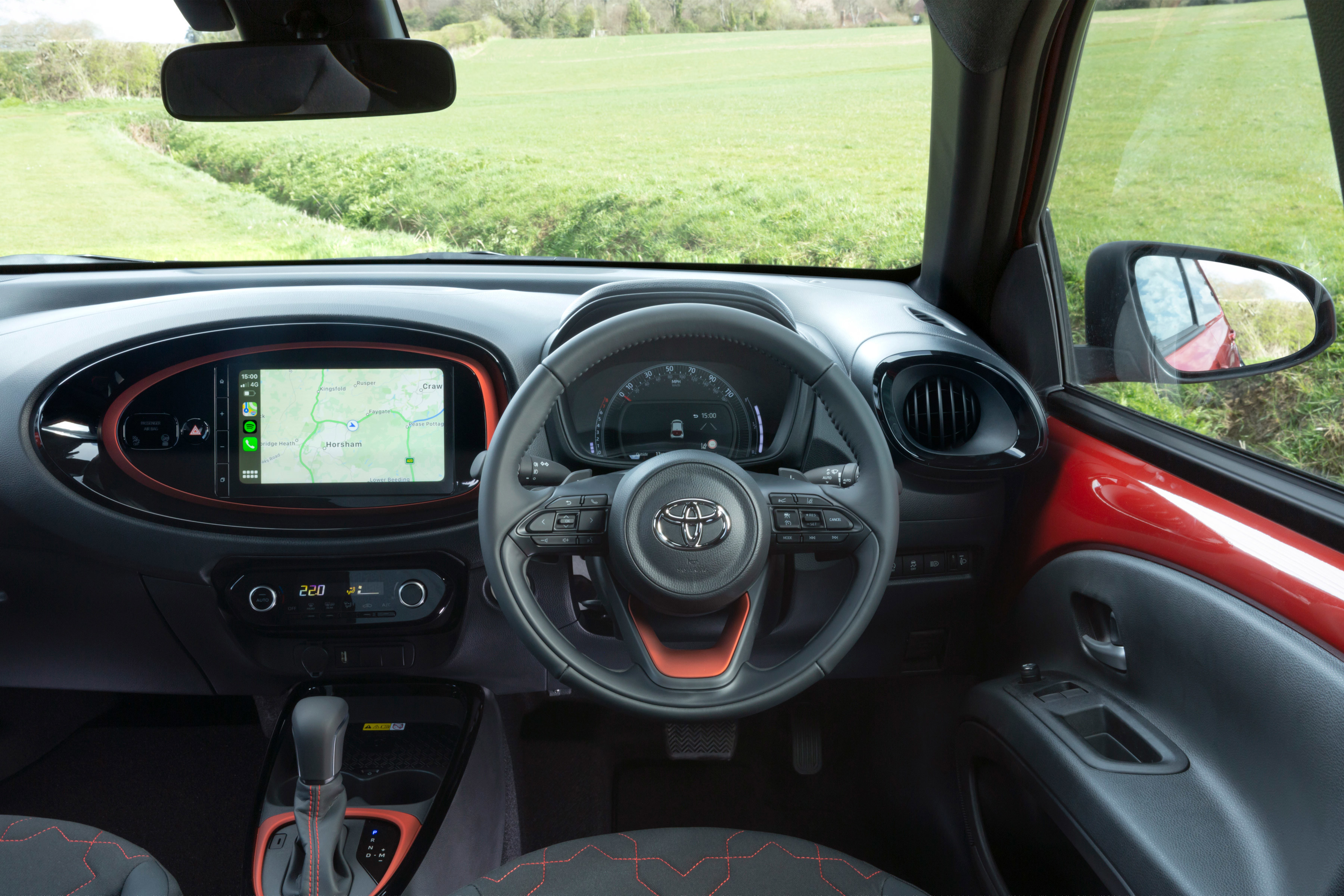
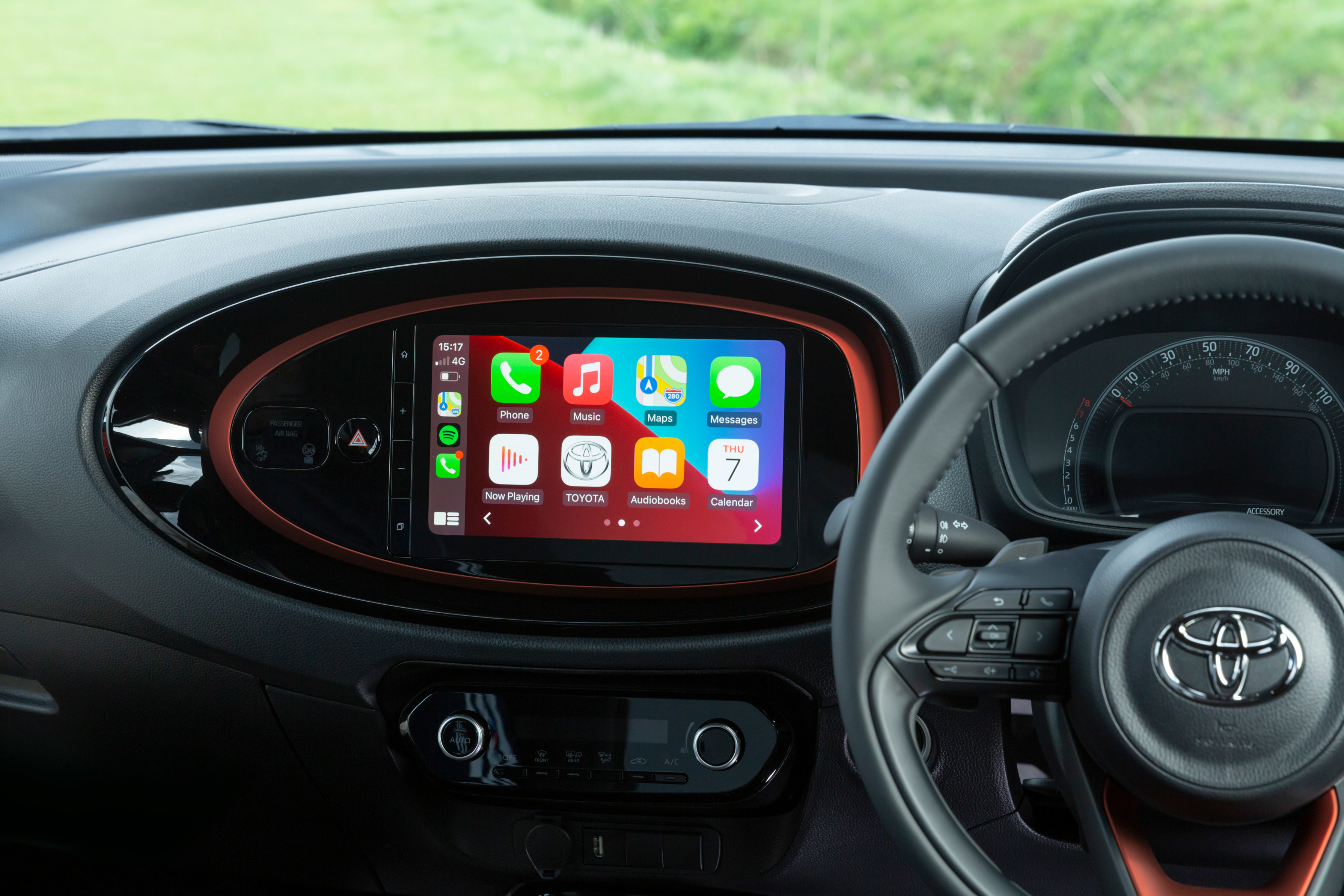
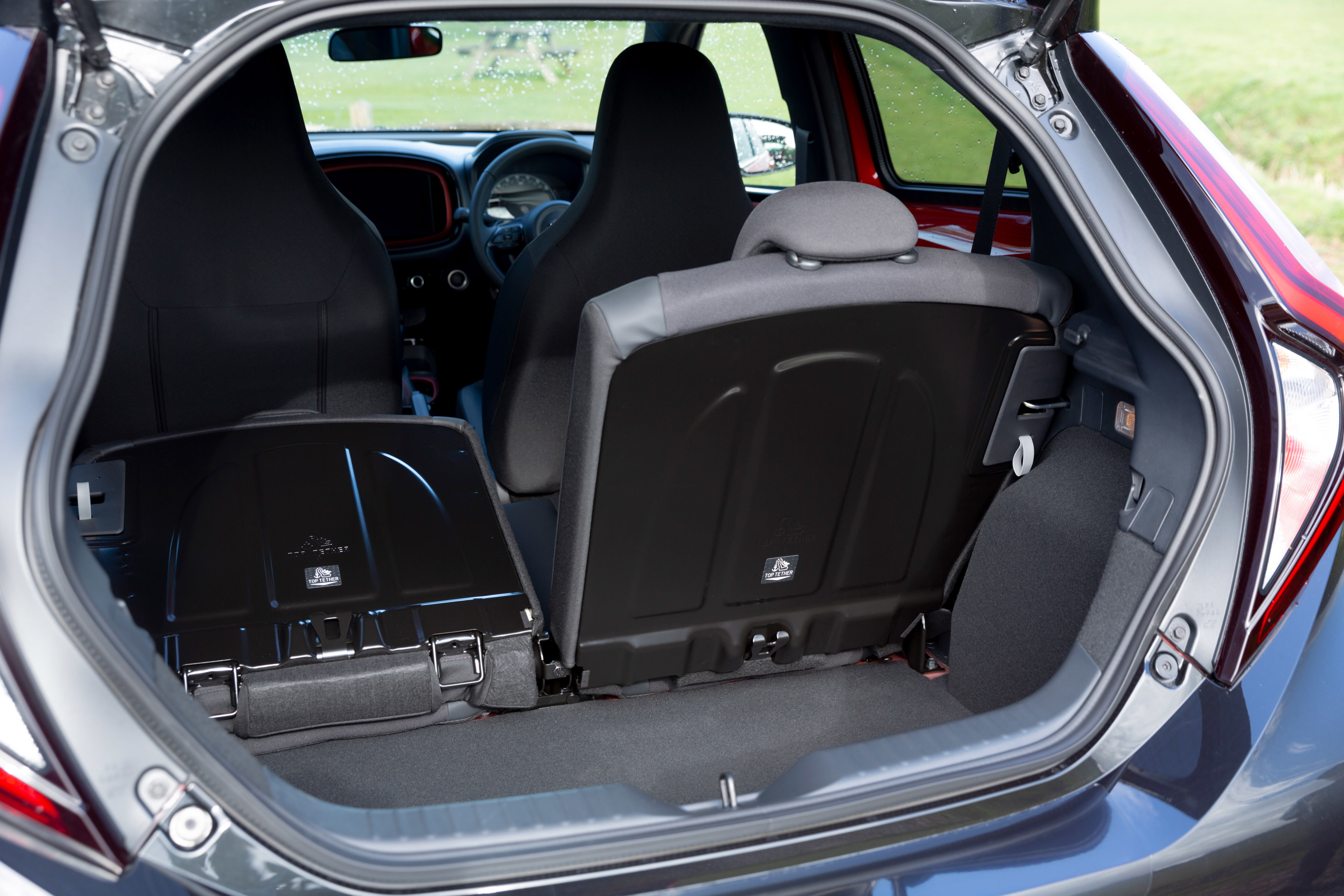
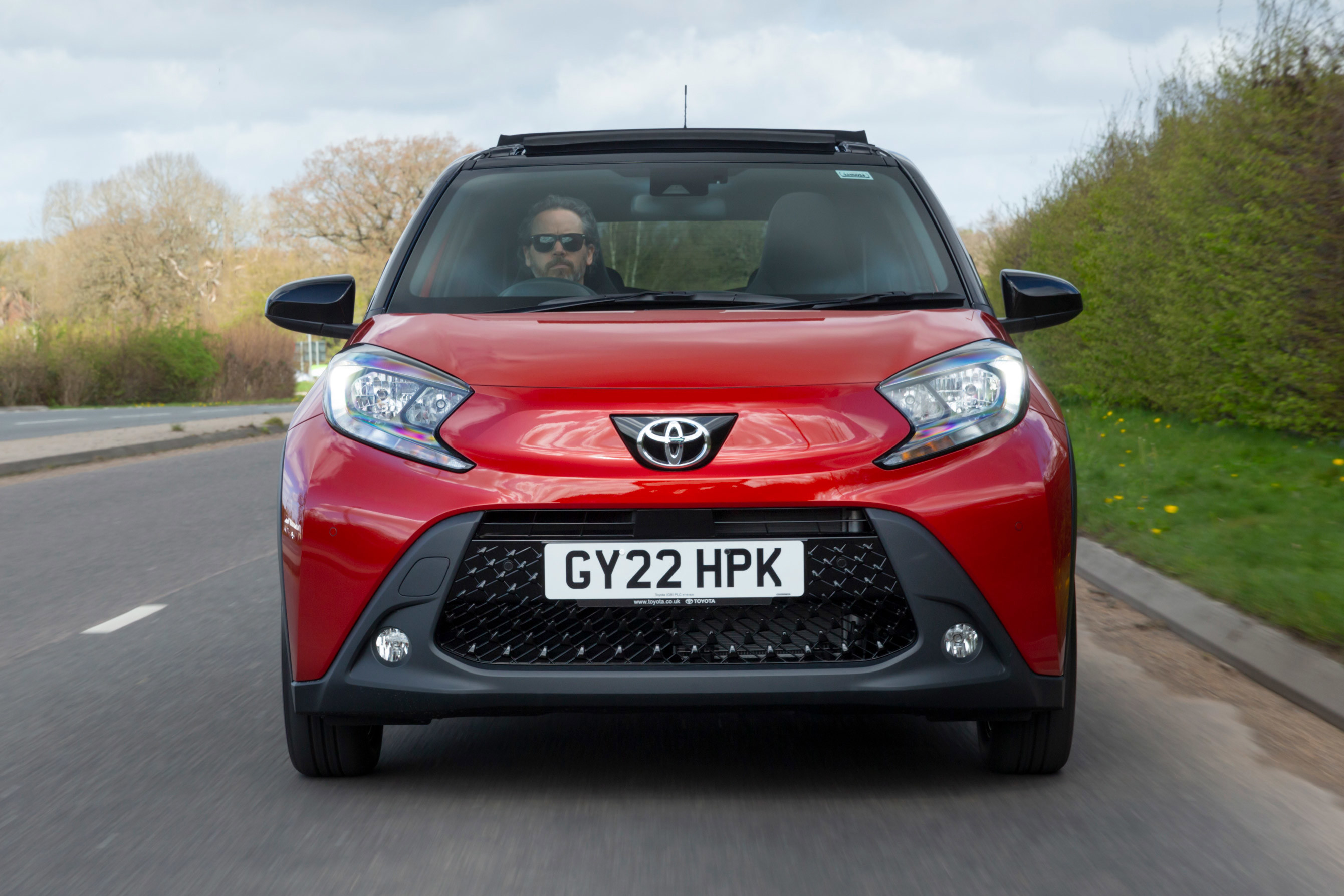

.JPG?rmode=max&width=500)
